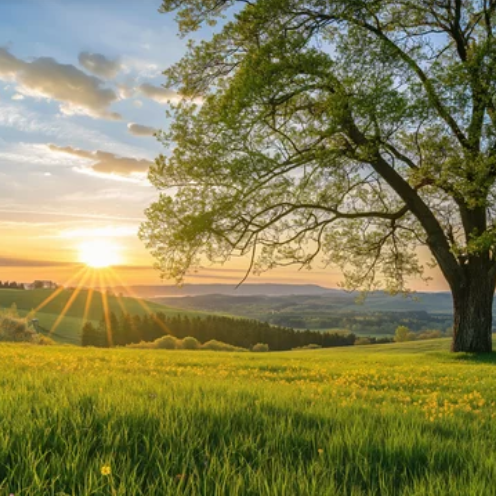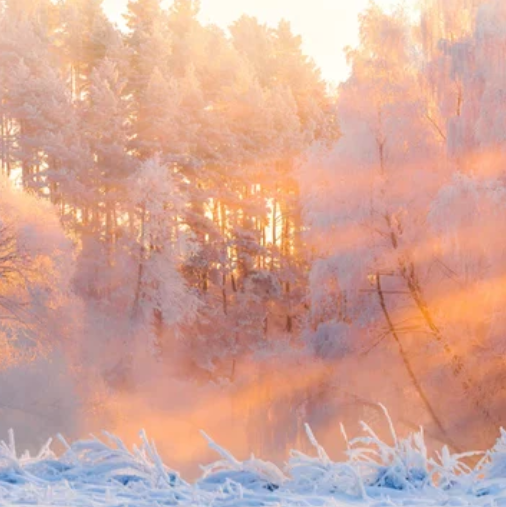DET Hablar sobre la Foto 5 - Plantilla y Estrategias para Responder Preguntas del Tipo Paisajes Naturales
DETSpeak About the Photo 5 -Plantilla y Estrategiasío para Answering Natural Lpaisajes Tipo Preguntas
Welcome back to the Speak About the Photo - Template series! In Serie 4, exploramos preguntas de ejemplo y estrategias para escenas callejeras y arquitectura. En este blog, profundizaremos en estrategias y preguntas de ejemplo para preguntas de tipo paisajes naturales.
|
Speak About the Photo |
Pretratos depeople |
|
Art |
|
|
Sescenas de árboles y arquitectura |
|
|
Natural paisajes |
|
|
Eeventos y reuniones |
|
|
Flora y fauna |
|
|
Food |
|
|
Yoobjetos interiores |
Estrategias paraArespondiendoNaturalLpaisajesTtipoQpreguntas: Seis-StepMethod
Hemos resumido seis pasos para los métodos de resolución de problemas relacionados con paisajes naturales, y analizaremos estos pasos utilizando la siguiente imagen como ejemplo.

1. Comience con la impresión general: Comience con una descripción general de la escena, incluyendo la hora, el clima y el ambiente que transmite.
Example: “This picture shows an expansive meadow under a soft haze, where sunlight streams down from above, creating a dazzling glow.”
2.Describa los elementos principales: Identifique elementos clave en la imagen, como montañas, bosques, ríos o campos, y use adjetivos para describir su tamaño, forma y color.
Example: “In the distance, we see rolling mountains cloaked in a thin mist, while in the foreground stands a large, twisted tree with lush, green leaves.”
3. Enfócate en los detalles: Resalte los detalles específicos que hacen que la escena sea única o interesante. Esto podría incluir plantas, animales o formaciones naturales inusuales.
Ejemplo: “The meadow is dotted with bright yellow flowers, gently swaying in the breeze, which adds a vibrant touch to the serene landscape.”
4. Usa lenguaje sensorial: Describe posibles experiencias sensoriales detallando la apariencia, sonidos, olores o sensaciones táctiles de la escena.
Example: “You can almost feel the warmth of the sun on your skin and hear the soft rustling of leaves as the gentle wind passes through the tree branches.”
5.Crear un ambiente: Utiliza un vocabulario que transmita emociones o estados de ánimo para expresar los sentimientos o la atmósfera que evoca la imagen.
Example: “The overall feeling of this scene is one of tranquility and beauty, evoking a sense of peace and relaxation for the viewer.”
6. Usa símiles y metáforas: Mejora la descripción comparando elementos en la imagen con otros objetos, usando símiles o metáforas.
Example: “The clouds are like delicate cotton puffs drifting in the sky, while the sun is a radiant orb illuminating the landscape with its warm embrace.”
Respuesta de Muestra: This picture shows an expansive meadow under a soft haze, where sunlight streams down from above, creating a dazzling glow. In the distance, we see rolling mountains cloaked in a thin mist, while in the foreground stands a large, twisted tree with lush, green leaves. The meadow is dotted with bright yellow flowers, gently swaying in the breeze, which adds a vibrant touch to the serene landscape. You can almost feel the warmth of the sun on your skin and hear the soft rustling of leaves as the gentle wind passes through the tree branches. The overall feeling of this scene is one of tranquility and beauty, evoking a sense of peace and relaxation for the viewer. The clouds are like delicate cotton puffs drifting in the sky, while the sun is a radiant orb illuminating the landscape with its warm embrace.
ElAnswerTPlantilla paraNaturalLpaisajes Qpreguntas
Nota Especial: En las oraciones de plantilla, habrá dos colores de texto. El negro representa frases fijas, mientras que el azul indica frases flexibles.
1. The picture captures a [adjective] [natural feature or landscape], with [element 1] and [element 2], creating a [adjective] visual spectacle.
2. The [nature or outdoor view] in the photo is characterized by its [adjective][flora or fauna], such as [specific plant or animal], which [effects on the environment or ecosystem].
3.In the image, the [nature or outdoor view] offers a [adjective] perspective of the [specific location or region], with [geographical feature 1] and [geographical feature 2], which [effect on the viewer].
4.The [nature or outdoor view] in the photo is set against a [adjective] [sky or atmospheric condition], with [feature or effect 1] and [feature or effect 2], creating a [adjective] ambiance.

Respuesta de muestra: The photo captures a breathtaking winter landscape, with snow-covered forests and golden sunlight filtering through the trees, creating a mystical visual spectacle. The outdoor view is characterized by its tranquil atmosphere, with thick layers of snow that reflect the sunlight, enhancing the serene environment. As the sun rises, it casts a warm glow, illuminating certain areas with soft pinkish hues that add depth to the scene's beauty. In the image, the winter scene offers a captivating perspective of the stillness of nature, as the interplay of light and shadow creates a beautiful ambiance that invites contemplation. This enchanting moment, where the chill of winter meets the warmth of dawn, evokes a sense of peace and wonder, making it a truly awe-inspiring sight. The combination of crisp air and gentle sunlight creates a magical atmosphere, reminding viewers of nature's ability to inspire and soothe the soul.
Lectura adicional:
lDETHabla Sobre la Foto 1 - Plantilla y Estrategiasí para Arespondiendo Pretratos dePgente Tipo Preguntas
l DETHablar sobre la foto 2 - Plantilla y Estrategias para ArespondiendoPreguntas sobre Tipos de Transporte
l DETHabla sobre la foto 3 -Plantilla y Estrategiasí para Answering Art Tipo Preguntas






